Stories Category: Intensive Care
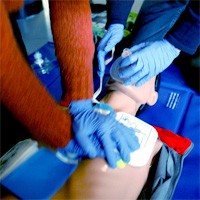
Cardiopulmonary Resuscitation in the Emergency Department During COVID-19
Emergency medical services (EMS) is called for a 65-year-old man with a 1-week history of cough, fever, and mild shortness of breath now reporting chest pain. Vitals on scene were HR 110, BP 135/90, SpO2 88% on room air.... read more
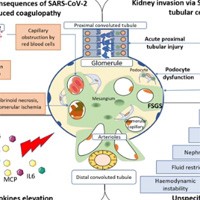
AKI in Critically Ill Patients with COVID-19
Acute kidney injury (AKI) has been reported in up to 25% of critically-ill patients with SARS-CoV-2 infection, especially in those with underlying comorbidities. AKI is associated with high mortality rates in this setting,... read more
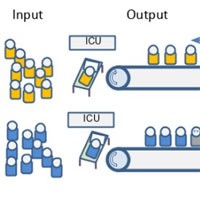
COVID-19 – Effective Triage During a Pandemic
The UK is likely on the brink of a major COVID-19 outbreak. About 6% to 10% of infected people are likely to be critically ill, most of whom will require ventilation support in an intensive care environment. Italy is already... read more
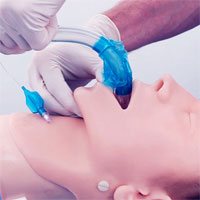
Safe Airway Management for the Patient with COVID-19
In this presentation, Dr Ravi Bhagrath, Consultant Anaesthetist at Bart’s Health, London asks Dr Kariem El-Boghdadly, Consultant in Anaesthesia at Guy's and St Thomas' NHS Foundation Trust, London about the IntubateCOVID... read more
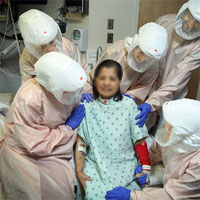
Innovative Approaches to Patient Rehabilitation Maximize COVID-19 Recovery
People hospitalized with COVID-19 can experience debilitating physical changes — extreme fatigue, difficulty breathing and muscle weakness, says April Pruski, M.D., a Johns Hopkins physiatrist (a medical doctor who specializes... read more
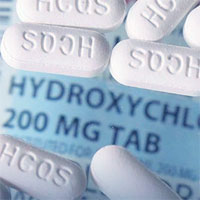
Intentional Hydroxychloroquine Overdose Treated with High-Dose Diazepam
This case demonstrates the importance of rapid recognition and treatment of hydroxychloroquine poisoning. We anticipate that clinicians may be asked to recognize and manage this toxidrome in increasing frequency as attention... read more

5 Year Impact of ICU-acquired Neuromuscular Complications
ICU-acquired neuromuscular complications may impact 5-year morbidity and mortality. MRC sum score, even if slightly reduced, may affect long-term mortality, strength, functional capacity and physical function, whereas abnormal... read more

Preparing for COVID-19 Related Drug Shortages
The COVID-19 pandemic has dramatically impacted all aspects of healthcare delivery. There is widespread concern that increased clinical demands due to the virus will outstrip available resources. Much attention has focused... read more

Ethnicity and Outcomes in Patients Hospitalised with COVID-19
Preliminary studies suggest that people from Black, Asian and Minority Ethnic (BAME) backgrounds experience higher mortality from COVID-19 but the underlying reasons remain unclear. Prospective analysis of registry data... read more

How and When to End the COVID-19 Lockdown
Countries around the world are in a state of lockdown to help limit the spread of SARS-CoV-2. However, as the number of new daily confirmed cases begins to decrease, governments must decide how to release their populations... read more
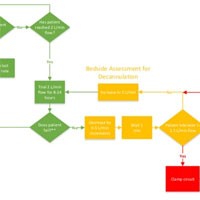
How I Approach Weaning from Venoarterial ECMO
Weaning from VA-ECMO remains a challenging but critically important step in device management. The key is to balance minimizing complications associated with device support with the potential for hemodynamic deterioration... read more
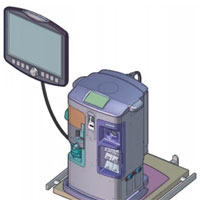
Ventilator Management in the Age of COVID-19
In the age of coronavirus disease-19 (COVID-19), conservation of personal protective equipment (PPE) represents an urgent public health priority. Vargas et al. describe a logistic project and organizational plan to prevent... read more

Hospital-level Variation in the Development of Persistent Critical Illness
Hospitals with higher risk- and reliability-adjusted 30-day mortality have a higher probability of developing persistent critical illness. Understanding the drivers of this variation may identify modifiable factors contributing... read more

Spotting the Clotting: Hypercoagulopathy in COVID-19
Evolving experience with TEG, clotting parameters, treatment considerations, and ongoing data gathering will help us better understand if antiplatelet therapy with aspirin or clopidogrel or anticoagulant treatment with traditional... read more

Managing Theatre Processes for Planned Surgery Between COVID-19 Surges
As we emerge from the first pandemic surge, there is a widespread desire to restart planned surgery using patient pathways that seek to minimise COVID-19 risk to patients and healthcare workers (HCWs). Some hospitals... read more
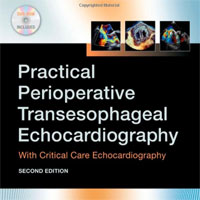
Practical Perioperative Transesophageal Echocardiography
A practical, full-color guide with videos, Practical Perioperative Transesophageal Echocardiography, 2nd Edition, by Drs. David Sidebotham, Alan F. Merry, Malcolm E. Leggett, and Mark L. Edwards, will help improve your diagnosis... read more
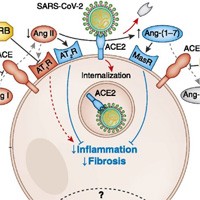
ACEI/ARB Use and Testing Positive for COVID-19
This retrospective cohort study reports that taking either an angiotensin-converting enzyme inhibitors (ACEIs) or angiotensin II receptor blockers (ARBs) was not associated with an increase in the likelihood of testing positive... read more








